What is Piriformis Syndrome
Piriformis syndrome is a condition characterized by pain and discomfort in the buttock region, caused by the compression or irritation of the piriformis muscle. While symptoms can vary, individuals with piriformis syndrome often experience worsened pain at night. Exploring the reasons behind this nocturnal aggravation is crucial for effective symptom management and improved quality of life.
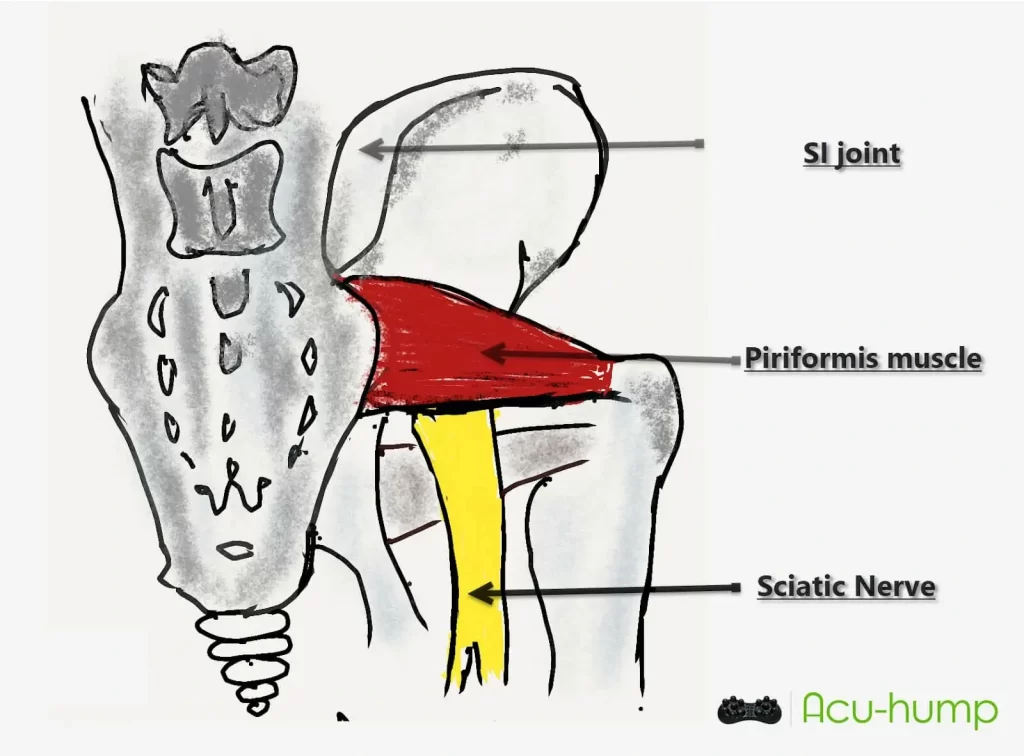
5 Causes of Exacerbated Piriformis Pain
Prolonged Sitting and Compressed Piriformis Muscle
Extended periods of sitting can contribute to the compression of the piriformis muscle, leading to reduced blood flow and increased muscle tension. This compression can restrict the flow of oxygen and nutrients to the muscle, causing pain and discomfort. When individuals with piriformis syndrome engage in prolonged sitting during the day, it can lead to nocturnal exacerbation of symptoms.

Sleeping Posture and Increased Pressure
Specific sleeping positions, such as lying on the affected side, can place increased pressure on the piriformis muscle. This increased pressure can further compress the muscle and exacerbate symptoms. Alternatively, sleeping on the back with a pillow under the knees can help alleviate pressure on the piriformis muscle and reduce nighttime pain.
Movement Patterns during Sleep
During sleep, individuals experience involuntary movements such as rolling or shifting positions. These movements, especially if they involve pressure on the affected piriformis muscle, can potentially irritate the already sensitive muscle, leading to worsened pain. To minimize the impact of these movements, using supportive pillows or cushions can provide additional comfort and reduce nocturnal aggravation of symptoms.

Muscle Relaxation and Reduced Support
Muscle relaxation during sleep can result in reduced overall support around the piriformis muscle. This lack of support increases pressure on the muscle, contributing to heightened symptoms. Pre-bed stretching and relaxation techniques can help mitigate muscle tightness, providing better support for the piriformis during sleep and reducing nocturnal discomfort.
Emotional and Psychological Factors
Emotional and psychological factors, such as stress, anxiety, or poor sleep quality, can influence piriformis syndrome symptoms. These factors can contribute to increased muscle tension and sensitivity, exacerbating pain and discomfort. Incorporating stress management techniques, practicing proper sleep hygiene, and seeking emotional support can play a significant role in managing and improving nocturnal symptoms.
Pain Relief Suggestions for Piriformis Syndrome
In addition to understanding the factors that contribute to piriformis syndrome symptoms worsening at night, incorporating specific pain relief techniques into one’s routine can provide further relief and management of the condition.
Massage
If you’re looking for relief from piriformis syndrome, massage therapy can be a beneficial option. Massage techniques applied to the buttock area, specifically focusing on the piriformis muscle, can effectively relax the muscle, increase blood flow, and reduce inflammation.
By targeting the trigger point for piriformis, professional massage therapists can help alleviate muscle tension and reduce associated pain or utilizing self-massage tools like tennis balls or Acu-hump for maximum results.
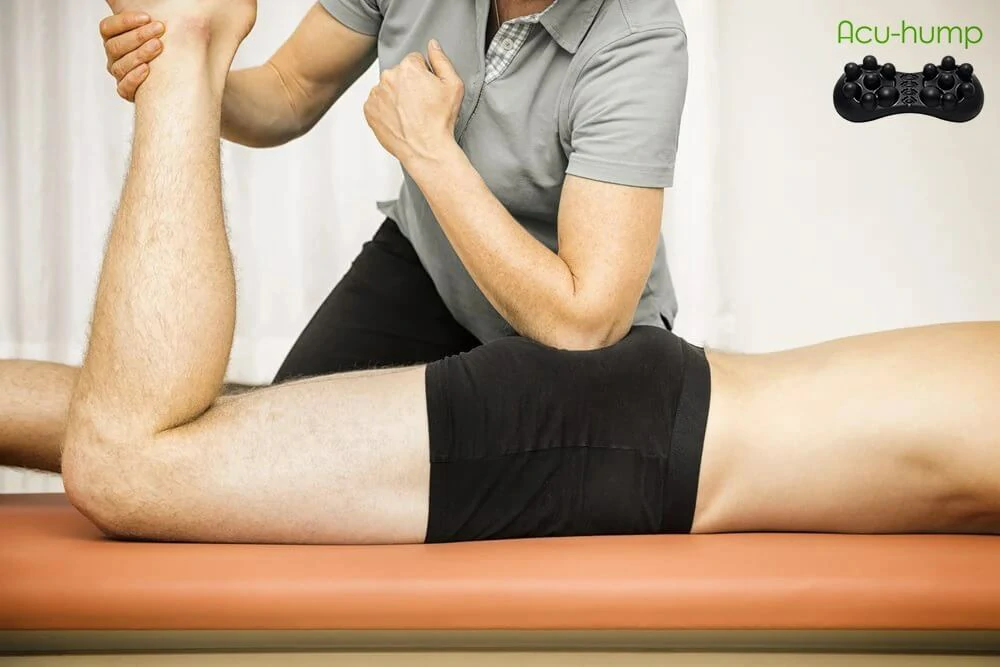
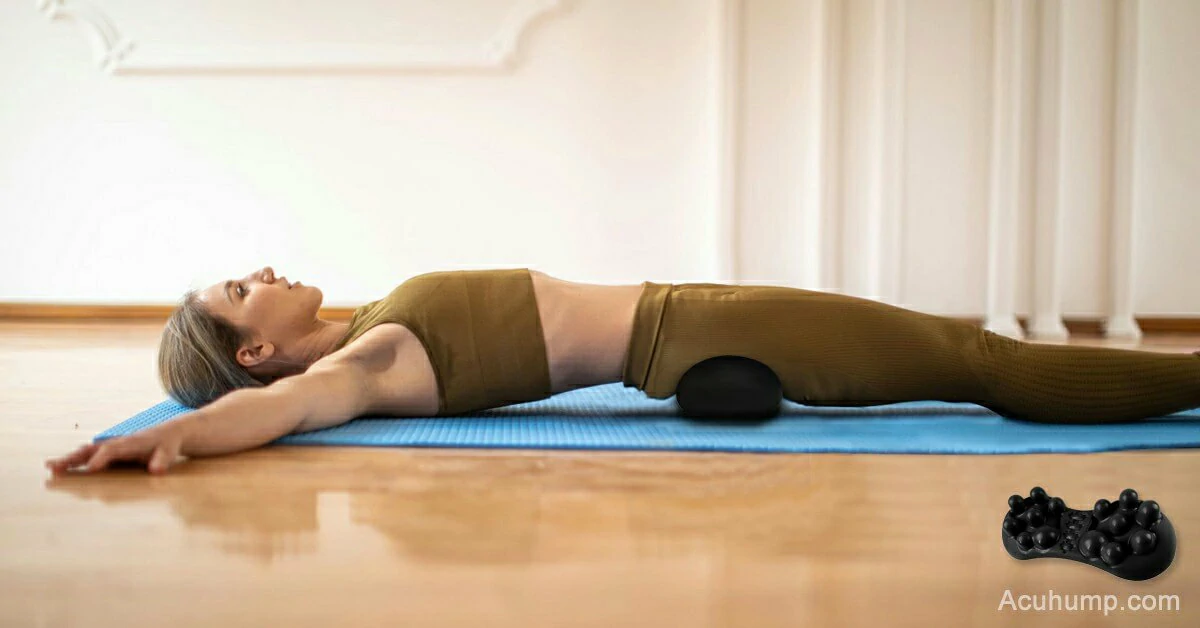
Acu-hump®
Release Butt & Lower Back
Stretching
Regular stretching of the piriformis muscle can help improve flexibility and reduce pressure on the sciatic nerve, which often becomes compressed in individuals with piriformis syndrome. Effective stretches include the seated piriformis stretch, supine piriformis stretch, and standing piriformis stretch. These stretches should be performed gently and held for about 30 seconds to a minute on each side.
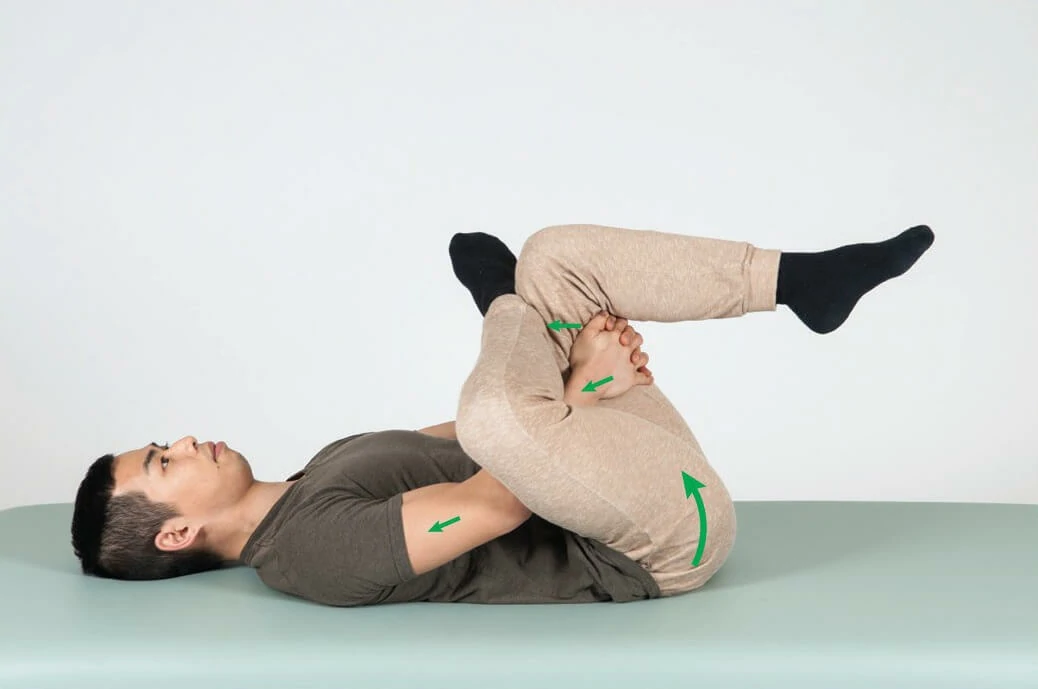
Acu-hump for Exercise
Acu-hump is a portable device designed to enhance posture and provide support to the lower back during exercise. Incorporating Acu-hump into daily exercise routines can help alleviate pain and discomfort associated with piriformis syndrome. The device helps maintain a neutral spine and proper alignment, minimizing stress on the piriformis muscle.

Acu-hump: Full refund policy. No risk for you.
To promote a more restful night’s sleep and relieve tension from the lower back to the hips, incorporate Acu-hump into your routine by using it for 10 minutes before bedtime. This simple practice can help alleviate discomfort associated with piriformis syndrome and improve overall sleep quality.
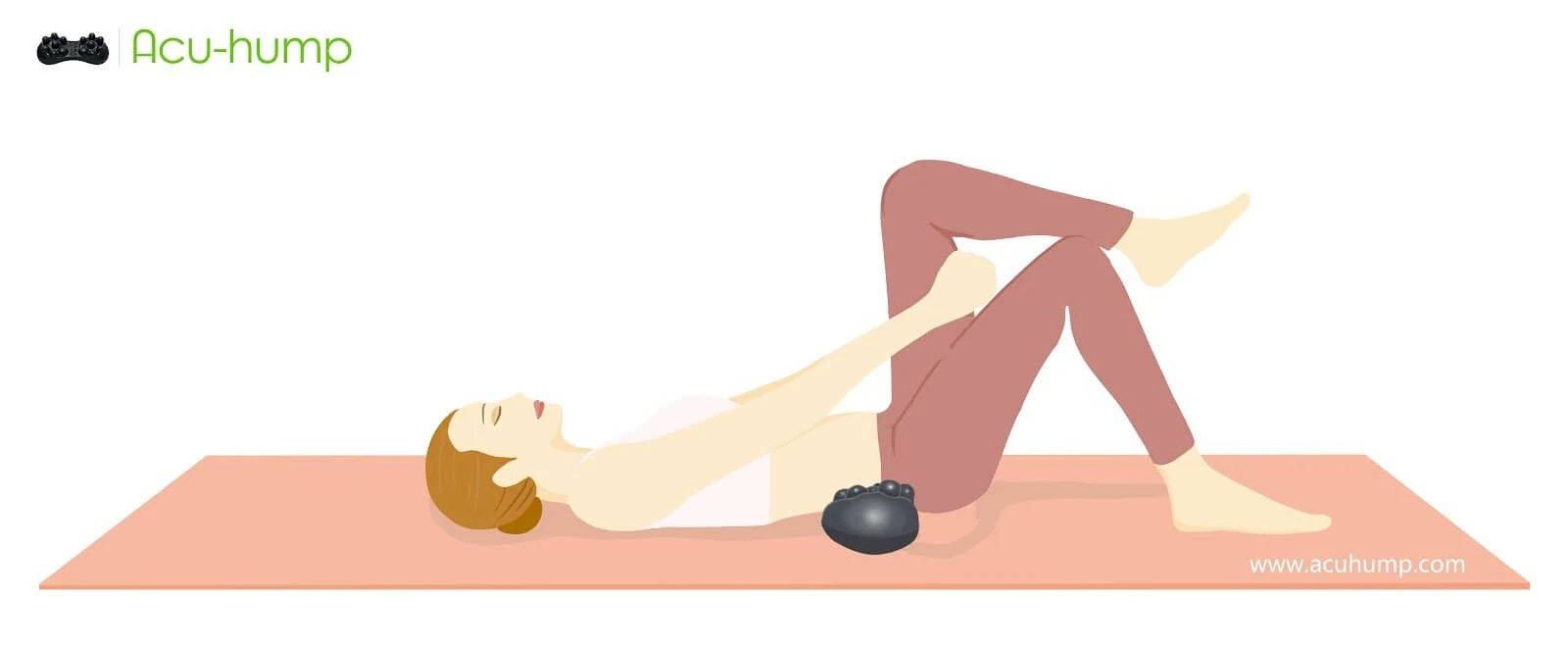
Acu-hump® Relieve Piriformis Pain
Managing piriformis syndrome, especially nighttime aggravation, requires a comprehensive approach that addresses various factors contributing to the condition. Understanding the relationship between sitting, sleeping posture, movements during sleep, muscle relaxation, and emotional influences is essential. Additionally, incorporating pain relief techniques such as massage, stretching, and using devices like Acu-hump can further enhance symptom management.
Acu-hump: 30-day return policy. No risk for you.
Seeking medical advice and developing a tailored treatment plan is crucial for effectively managing piriformis syndrome, reducing nighttime symptoms, and improving overall well-being. Combining self-care practices with professional guidance leads to better outcomes and a higher quality of life for individuals with piriformis syndrome.
